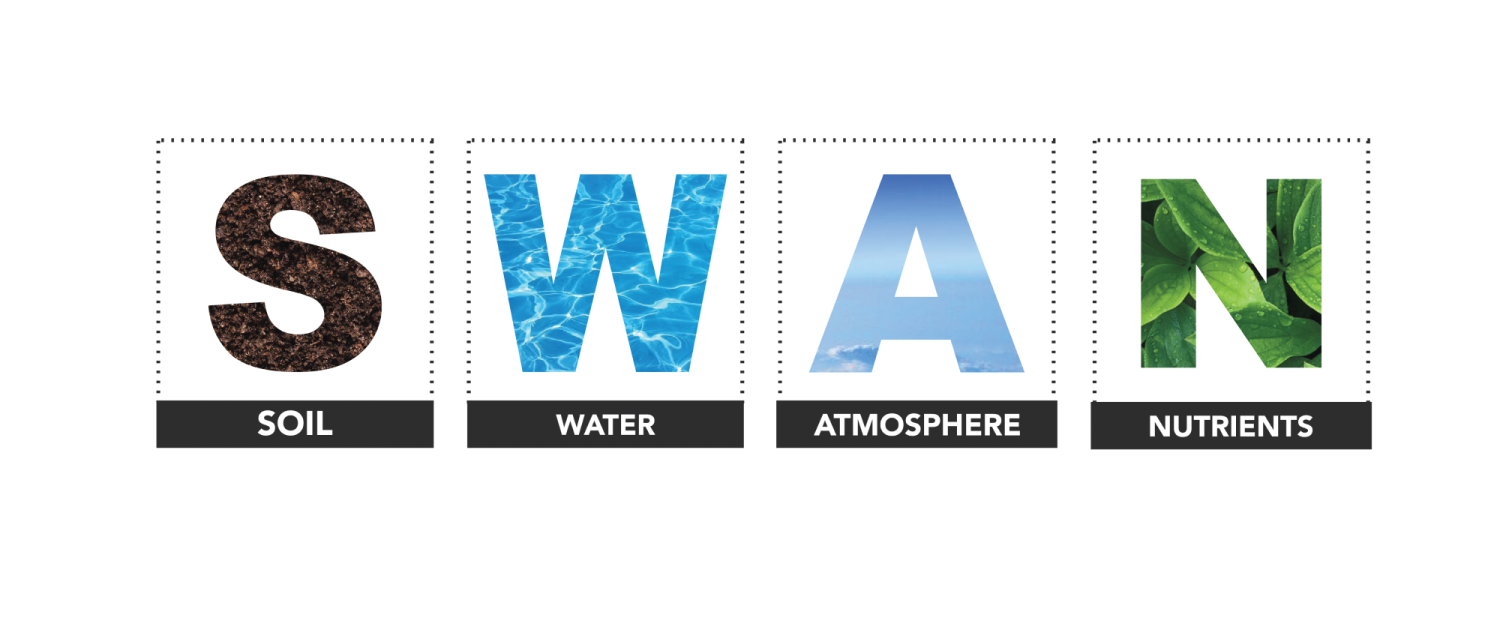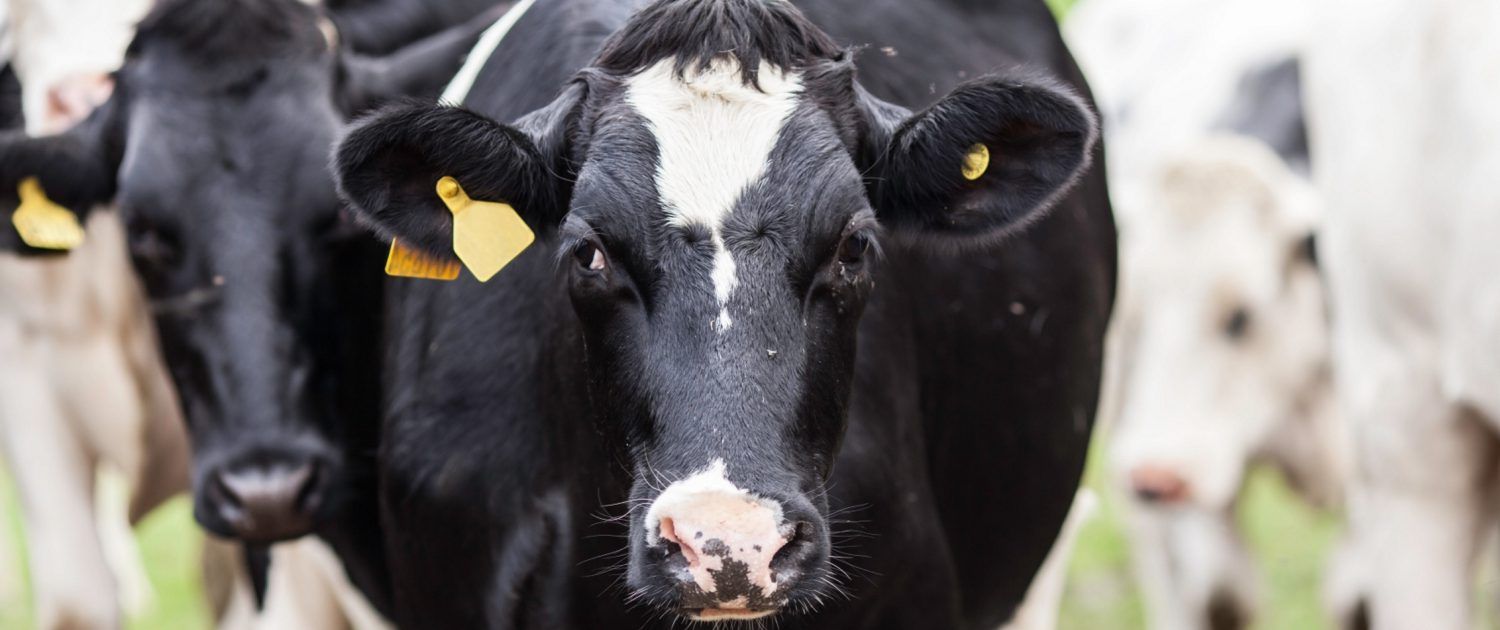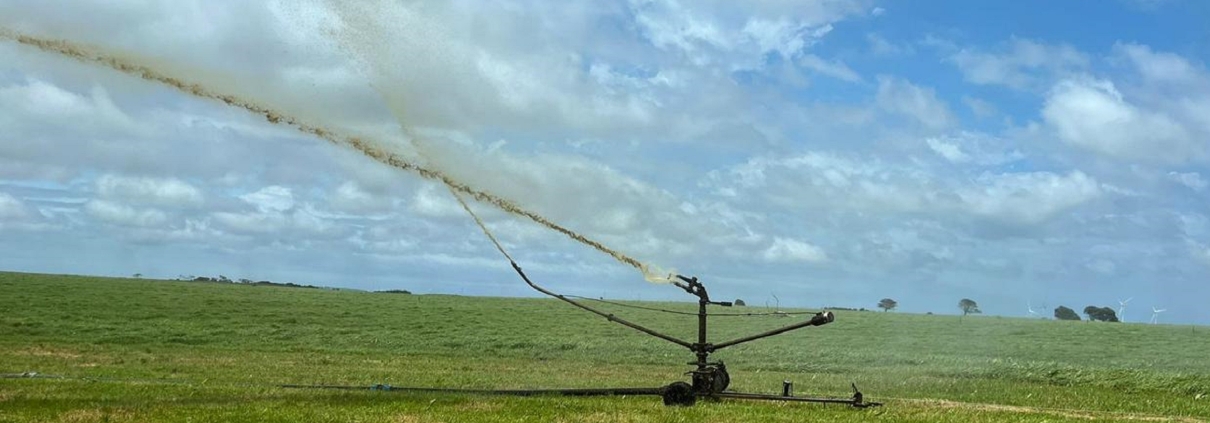Carbon footprint reduction over time: Lessons from pasture-based dairy farms in South Africa
The reductions in emissions on the 20 pasture-based dairy farms over the past five years are an encouragement to any farm that would like to reduce their environmental impact. The most significant improvements have come from increased feed conversion efficiency, a higher proportion of pasture in the diet, and lower N fertiliser application rates.
The Rhizosphere: A key player in nutrient accessibility and plant stress resilience
The rhizosphere represents a fascinating and complex system, which plays a crucial role in the functioning of the soil ecosystem and the health of plants. This zone is characterized by an intricate web of biological, chemical, and physical interactions between the plant, the soil microorganisms, and the soil itself. One of the key functions of the rhizosphere is to facilitate nutrient uptake by plants, by enhancing the availability and accessibility of nutrients in the soil. Another important role of the rhizosphere is to mitigate plant stress, by providing a range of protective and supportive functions. Understanding the mechanisms underlying nutrient cycling and stress response in the rhizosphere can help us to develop more sustainable and efficient agricultural practices, which can improve soil fertility and plant productivity, while minimizing environmental impact.
Assessment of the potential financial benefits and risks of adopting improved effluent management
Manure is both a waste product with the potential to pollute, and a potential fertiliser. One challenge in dairy production is managing manure in a way that is advantageous for agricultural production, while minimising the potential negative impact on the environment and public health.







RECENT COMMENTS